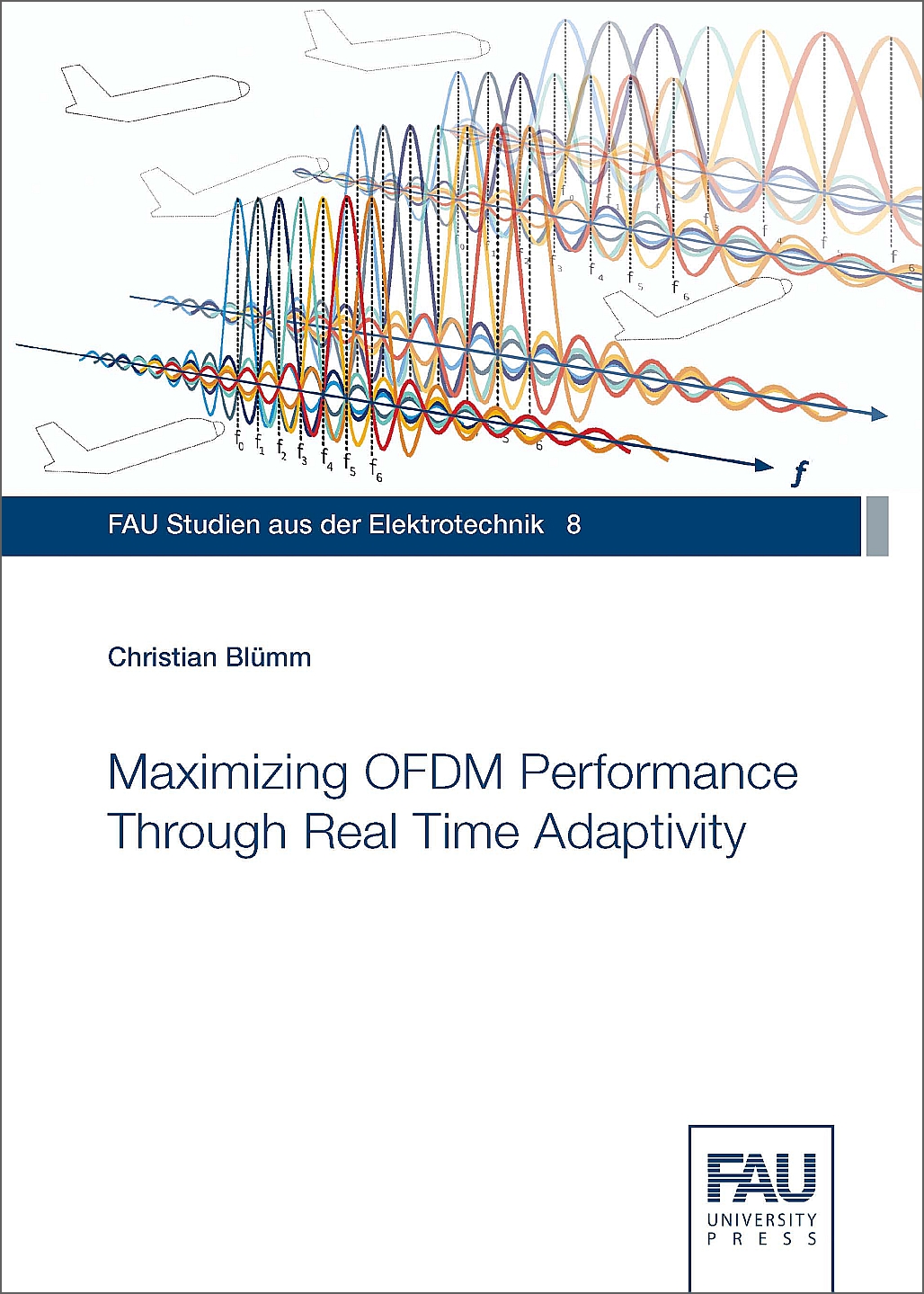Description
Broadband wireless communication is nowadays dominated by the waveform principle Orthogonal Frequency Division Multiplexing (OFDM). Its parameters are typically designed conservatively to cope with the expected worst case propagation channel. This makes the system more robust than required most of the time, but it does conflict with throughput maximization. Next generation standards, such as 5G, will not tolerate this waste of resources anymore and also state-of-the-art systems call for optimization, especially those in extremely varying environments.
This book addresses an OFDM system, which configures itself in real time as a response to actual radio channel conditions. This makes it an adaptive radio, which has been implemented in the course of diverse aeronautical projects for Airbus Group Innovations, Germany. It runs entirely on an FPGA platform, which allows for real-time customization of various key parameters, including cyclic prefix, fast Fourier transformation, modulation and coding, dynamic spectrum access and time division multiple access. Some of these parameters are optimized through the results of an integrated channel sounder, which reveals the actual delay spread and Doppler spread of the channel.
Proof of concept is provided by three demanding case studies: Aircraft-to- ground flight telemetry, a communication scenario with an unmanned aerial vehicle (UAV) and intra aircraft cabin dynamic spectrum access.


Reviews
There are no reviews yet.